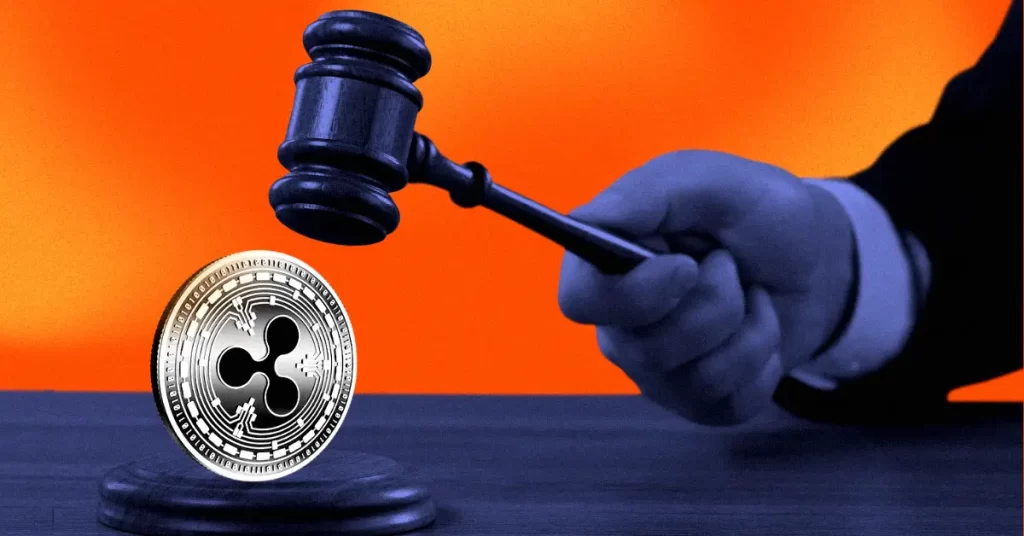Tai Mo Shan’s $123 Million Settlement Highlights Concerns Over TerraUSD’s Stability and Market Deception
The post Tai Mo Shan’s $123 Million Settlement Highlights Concerns Over TerraUSD’s Stability and Market Deception appeared on BitcoinEthereumNews.com.
The recent SEC settlement involving Jump Trading’s subsidiary, Tai Mo Shan, marks a pivotal moment in the ongoing scrutiny of cryptocurrency regulatory compliance. This agreement, which requires Tai Mo Shan to pay approximately $123 million, underscores the regulatory landscape’s growing focus on stablecoin operations and investor protections. According to the SEC, “Tai Mo Shan should have known that purchasing UST and supporting its price misled the market about the stability of UST’s peg,” illustrating the agency’s commitment to accountability in the crypto sector. This article delves into the SEC’s recent settlement with Tai Mo Shan regarding deceptive practices surrounding the TerraUSD stablecoin, shaping the future of stablecoin regulation. Understanding the Implications of the SEC’s Settlement with Tai Mo Shan The settlement between the SEC and Tai Mo Shan highlights critical concerns regarding transparency and responsibility in the cryptocurrency market. As stablecoins continue to gain traction, the regulatory agencies are intensifying their scrutiny to prevent the systemic risks associated with misleading practices. The SEC’s allegations against Tai Mo Shan are particularly illuminating, as they illustrate how substantial investments can artificially stabilize a token’s price, thus misleading investors regarding its inherent risk. Evaluating the Allegations: Misleading Investors and Market Manipulation The implications of these allegations are profound. The SEC claims that Tai Mo Shan’s interventions created a false impression of the effectiveness of Terraform’s algorithmic mechanism which governed TerraUSD’s stability. In its complaint, the SEC argued that these actions misled investors, contributing to significant financial distress when the token eventually failed. Jump Crypto’s involvement, paired with the substantial profits gained from these transactions, raises questions about ethical conduct and regulatory compliance in the cryptocurrency booms. The Role of Regulatory Oversight in Cryptocurrency Markets The case of Tai Mo Shan serves as a crucial reminder of the necessity for robust regulatory frameworks in…

